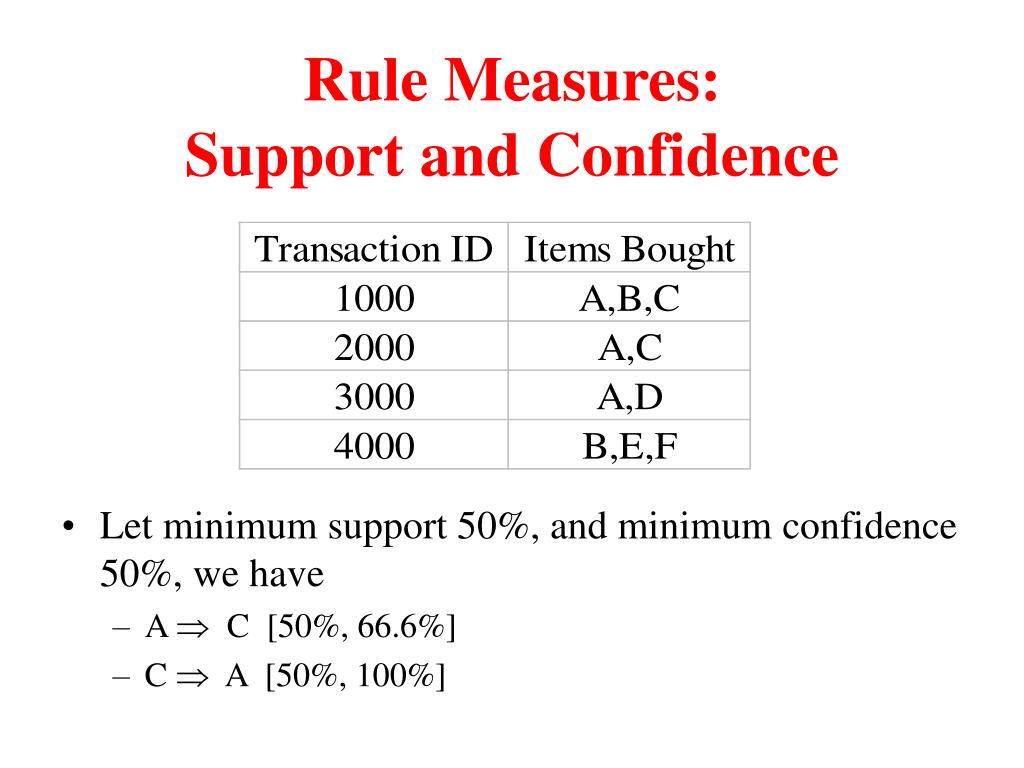

Kube-scheduler is responsible for scheduling newly created pods to the best available nodes to run in the cluster. There is more than one api-server that can be deployed horizontally to balance the traffic using a load balancer. It services REST operations and provides a front end for the Kubernetes control plane that exposes the Kubernetes API through which other components can communicate to the cluster. Kube-api-server is the main component of the control plane as all traffic goes through api-server, other components of the control plane also connect to api-server if they have to communicate with ‘etcd’ datastore as only Kube-api-server can communicate with ‘etcd’. Kubernetes Control Plane has five components as below: Let’s understand about different components of Kubernetes Control Plane. ‘kube-apiserver’ communicate with other control plane’s component that is ‘etcd’ data store and it fetches the data and sends back to the console via HTTPs and we see the details of nodes on our terminal.

Here, when we run this command, it makes an API call through HTTPs to the cluster and it is handled by ‘kube-apiserver’. $ kubectl get nodes: The kubectl is a command-line tool that we use to interact with the Kubernetes cluster and manage it. Let’s understand the working of Kubernetes control plane by an example, given below: –
#CONTROLPLANE RULES CONFIDENCE SOFTWARE#
Web development, programming languages, Software testing & others How does Kubernetes Control Plane work?

Start Your Free Software Development Course


 0 kommentar(er)
0 kommentar(er)
